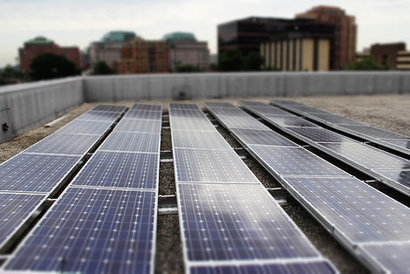
Hanwha Q Cells is on course to end 2018 having produced more than 2.5 billion Q.Antum solar cells since first mass-commercialisingthe technology in 2012. Though based on passivated emitter rear-side cell (PERC) technology, Q.Antum offers a number of additional benefits that differentiate the technology from conventional PERC products. These benefits include high module performance output and long-term reliability thanks to excellent anti-PID (potential induced degradation), anti-LID (light induced degradation) and anti-LeTID (light and elevated temperature induced degradation) performance.
Recently, Fraunhofer CSP independently tested the anti-LeTID performance of nine different module types from leading solar manufacturers and found that Hanwha Q Cells' monocrystalline silicon Q.Peak Duo and multicrystalline Q.Plus modules exhibited
In addition to market-leading anti-degradation performance, Hanwha Q Cells provides for all of its Q.Antum cells and modules excellent performance warranties, Hot-Spot-Protect and Tra.Q laser marking to ensure 100 percent traceability and a guarantee of the Company's strict quality standards.
Hanwha Q Cells has more than 5 GW of global Q.Antum cell capacity, which equates to one of the industry's largest PERC-based capacities. The Company's flagship products that are helping to drive the uptake of Q.Antum technology include the Q.Peak Duo-G5 solar module range, which boasts half-cut cell technology and six bus bars to deliver efficiencies of close to 20 percent and power output of up to 330 Wp for 120 half-cut cells and up to 400 Wp for 144 half-cut cells.
For additional information:

